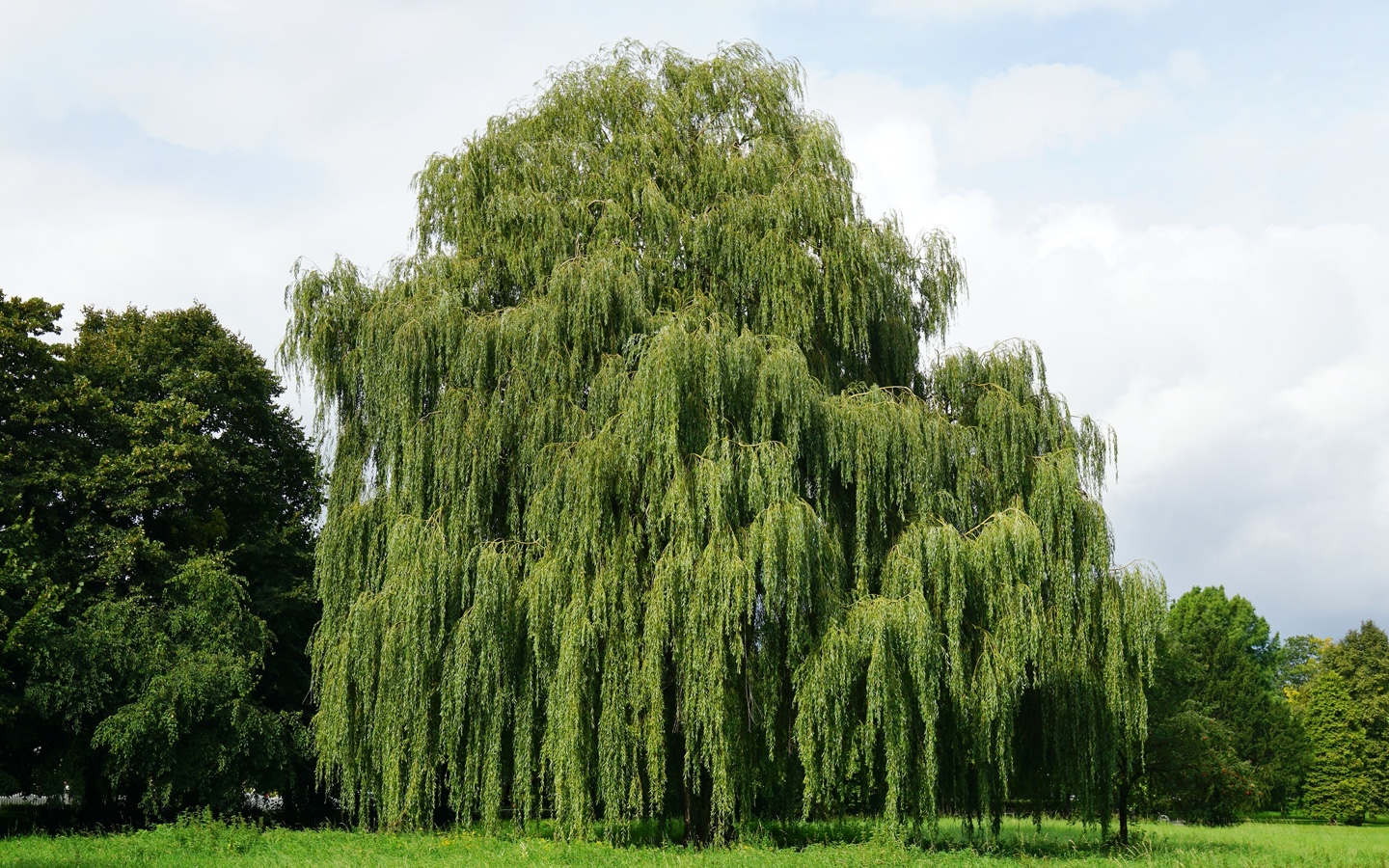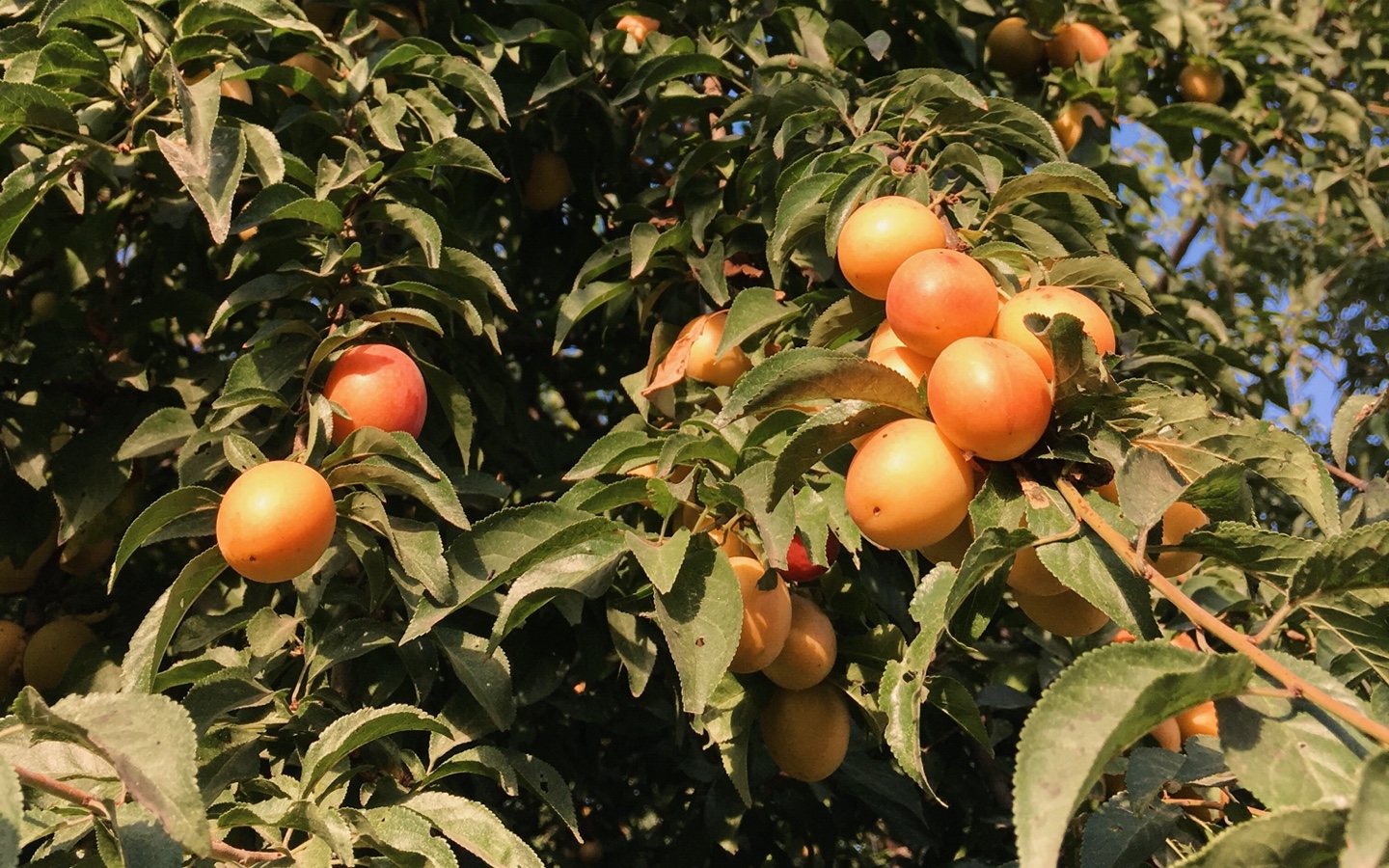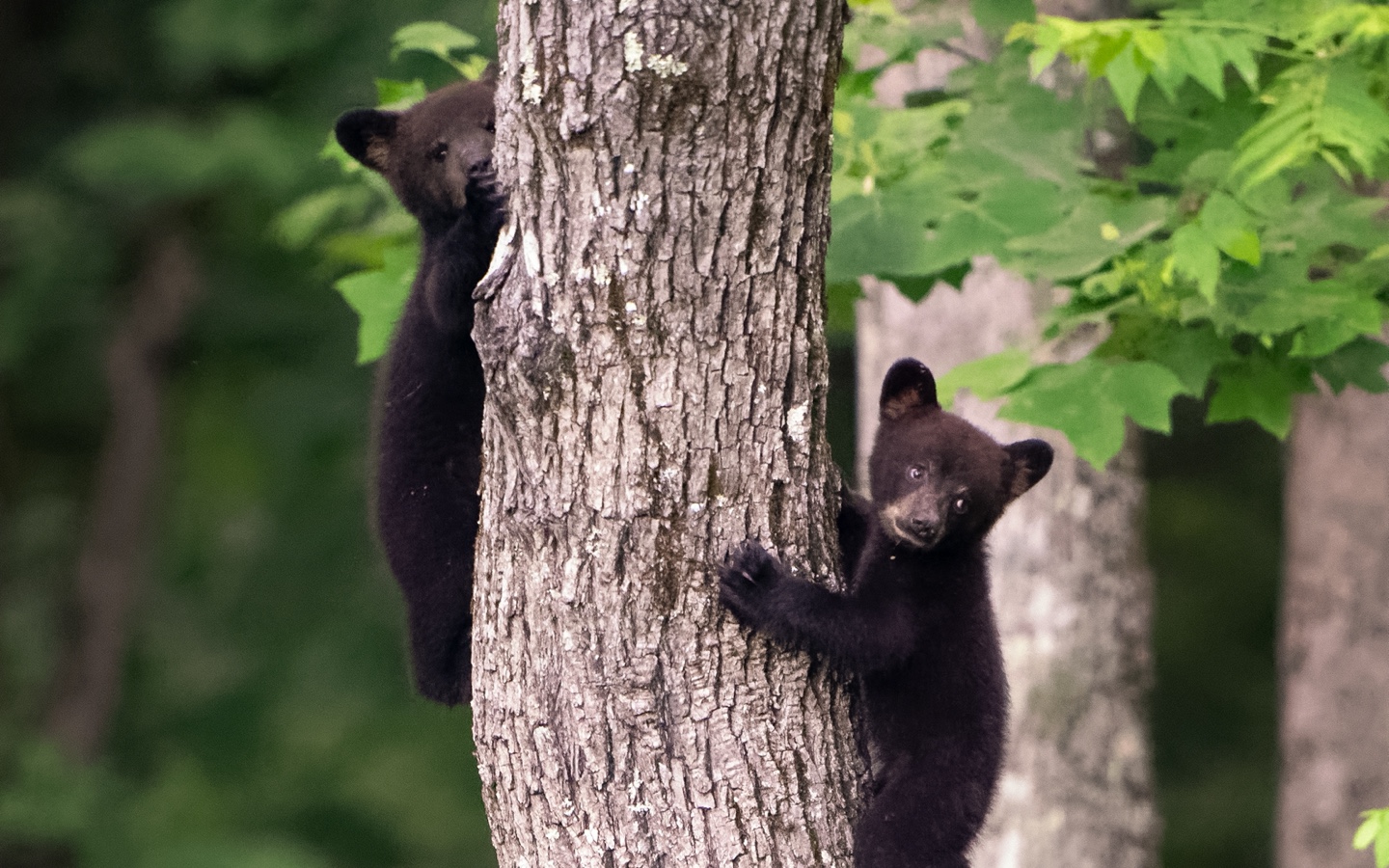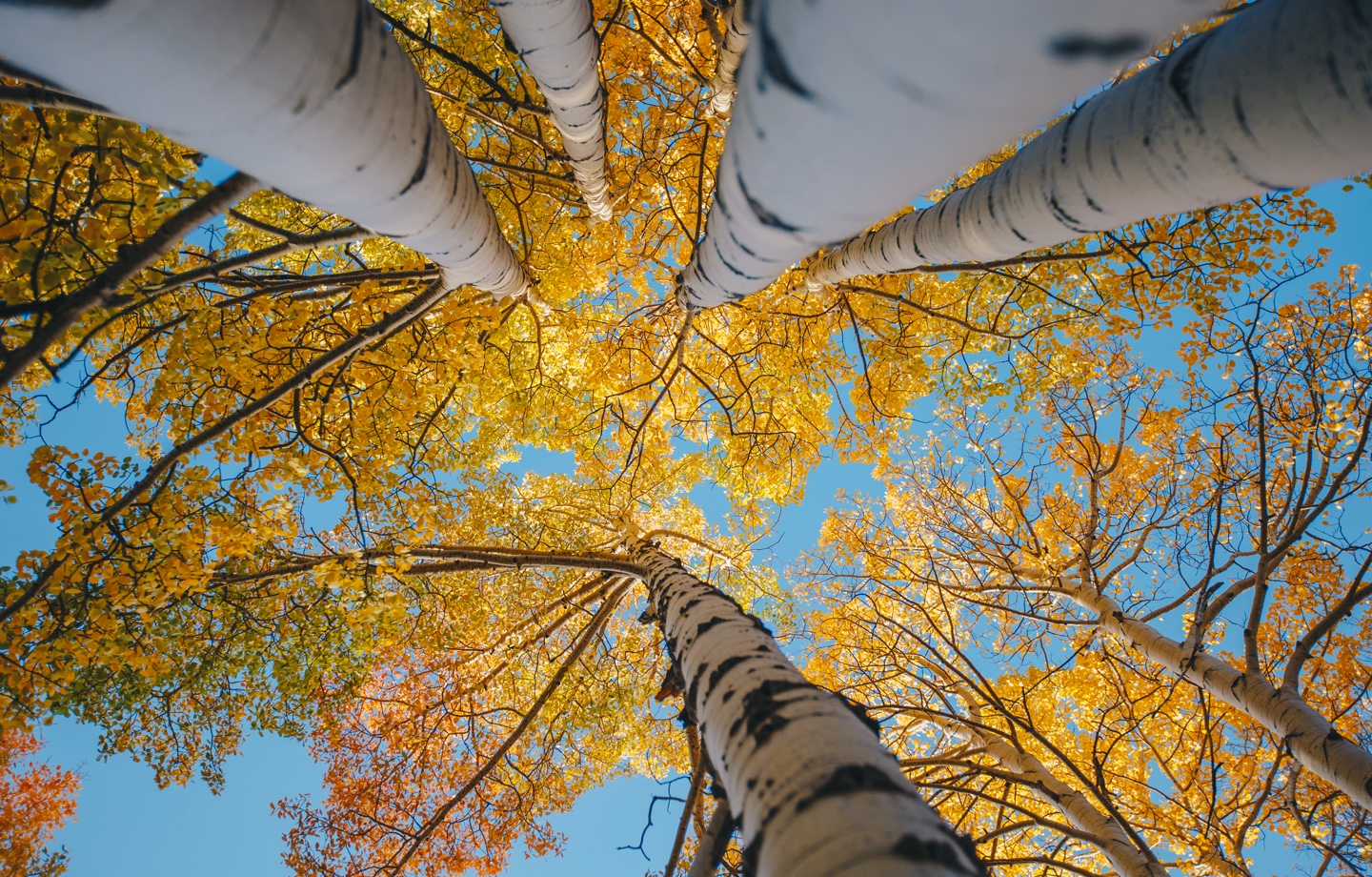Healthy trees and soil can help capture carbon, but with climate change requiring global, systemic changes, the real reward is the impact of supporting a healthy community.
I spend a lot of time thinking about trees. At my home, in Northern New Mexico, my wife and I often feel grateful that we have many — willows, cottonwoods, aspens, junipers, oaks, ponderosas, cherries, apricots, apples, plums. In the past year, we planted another 150 or so saplings. Some, we hope, will survive. We know the odds aren’t getting better.
I spend a lot of time thinking about climate change, too. I’m overwhelmed by it. More heat, drought, fires, and smoke, less snowfall and rain — that’s already a daily reality affecting my community. And I’m completely frightened by an unknowable climate future. If this seems bad, what is it going to look like if global leaders don’t agree to stop burning fossil fuels soon? At times, it can all feel a bit paralyzing.
Which brings me back to trees. It’s in those moments, say, after reading about the latest climate disaster or IPCC report, I go outside and tend to the trees — trimming, watering, mulching, cajoling. It’s a meaningful thing I can actually do right now. That work grounds me back in the moment.

Read more: The Businesses Championing Climate Change Legislation
Trees are essential, of course. For clean air and water, for wildlife habitat, for shady relief from the heat, for windbreaks — not to mention for inspiration! Have you ever stared up the trunk of a 150-foot Douglas fir and just marveled at the giant? Oh, there’s their natural ability to suck up the thing that threatens so much of humanity, too. One mature tree can absorb up to 48 pounds of CO2 a year.
Healthy trees also support healthy soil, which itself can be a carbon sink. The National Academy of Sciences estimates that regenerative agriculture can sequester 4 percent of the country’s emissions — about 250 million tons of carbon dioxide in the U.S. annually. President Biden even has a plan to pay farmers to capture carbon by planting cover crops, not disturbing the soil, and supporting biodiversity above and below ground. And in an unprecedented bipartisan move, the Senate passed a bill to help farmers profit off those regenerative, climate supporting tactics.
“People are ready, willing to put their money where their mouths have been to try to reverse what’s happening to the environment, to our atmosphere and to climate in general,” Sen. Mike Braun (R-Ind.), a co-sponsor of the bill, told Politico.

Read more: Why Regenerative Agriculture Produces Healthier Soil and Farms
Our acre, hardly a farm, will likely not be eligible for such a program — not that I need a federal incentive to help nurture a growing, biodiverse, carbon-capturing ecosystem. When we first moved here, about a year ago, there was a blighted quarter-acre below the house. A few under-watered trees barely held on to life. Head-high invasive weeds had taken over. We decided to rehabilitate the area using regenerative methods. Our goal is to turn it into a small, thriving orchard. The process will take years, but it’s already been enlightening.
We knew, from local lore, that our first step was to talk to Gordon Thooley, a regenerative farmer and legend among the communities around the Sangre de Cristo mountains. Step 1: improve the soil. On Thooley’s advice, we spent an abnormally sweltering spring day clearing the area of weeds. We flung and raked in native seeds he gave us, including sunflowers, peas, clovers and a variety of native grasses. Then we spread nutrient-rich mulch we chipped from branches scattered around the property. We planted native companion plants like currant and elderberry. We implemented a regular irrigation schedule. The plants took. Recently, we revisited Thooley to buy trees and planted his apple, plum, pear, and apricot trees in the rich soil.
Of course, in the fight against climate change, I understand that our trees and our soil, healthy and carbon-capturing though they may be, don’t mean much. That’s one of the most confounding parts of the climate crisis. When just 100 corporations are responsible for 71 percent of the world’s greenhouse gas emissions, individual actions can feel little more than symbolic. What we really need is for lawmakers to hold the corporate polluters poisoning the planet accountable (and for each of us to remind our legislators of that), not a few more backyard fruit trees.

Read more: What You Need to Know About the Wind Energy Revolution
But there’s something essential to me, in that work — taking care of what I can. And you don’t need an acre or even a tree to do it. Improving something in your community — that can be true for your garden bed, your balcony tomato plant, or your neighborhood association, too. Sometimes it’s hard, uncomfortable work, but that’s what makes witnessing the growth so rewarding.
Recently, I was visiting a friend in Portland, where temperatures were unfathomably high for the Pacific Northwest, and the city has let a housing crisis result in thousands of people camping wherever they can. It felt bleak. In the face of the climate crisis and historic inequalities, my friend asked me what gave me hope. How did I stay optimistic? I told him it’s seeing our trees grow. The sunflowers bloom. The native grasses pushing out the weeds. The fortitude of the old tree on our property with enough apricots to make jam for our entire family — and for a black bear and two cubs to nibble on, too. It’s the dozens of hummingbirds buzzing around for a sugar break on their way to South America.
On this topic, National Book Award- and Pulitzer Prize-winning poet Mary Oliver always says it best. From her poem, “Sometimes”:
Death waits for me, I know it, around
one corner or another.
This doesn’t amuse me.
Neither does it frighten me.
After the rain, I went back into the field of sunflowers.
It was cool, and I was anything but drowsy.
I walked slowly, and listened
to the crazy roots, in the drenched earth, laughing and growing.

Shop Pillows
The Essential Organic Pillow Collection
Gentle, breathable, non-toxic support.




